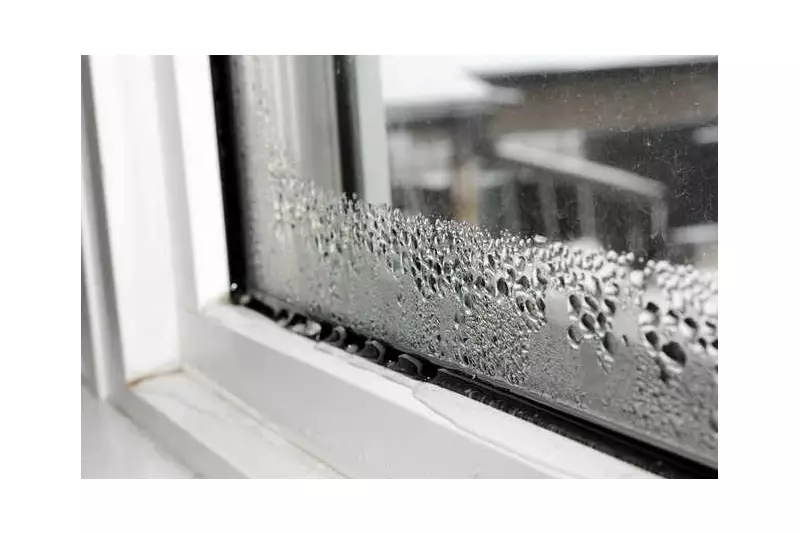
As winter tightens its grip across Canada, many homeowners face an annoying and potentially damaging problem: persistent condensation on their windows. This common issue occurs when warm, humid indoor air meets cold window panes, creating water droplets that can lead to mold growth and costly repairs if left unaddressed.
Why Window Condensation Matters
Condensation isn't just a cosmetic issue – it can seriously impact your home's air quality and structural integrity. When water droplets form on windows and frames, they create the perfect environment for mold to develop. This mold can spread to surrounding areas, affecting indoor air quality and potentially causing health concerns for residents.
Many Canadians instinctively reach for their dehumidifiers when they notice condensation, but there's a simpler solution that might already be built into your home. Increasing ventilation effectively addresses the root cause by balancing indoor humidity levels with outdoor conditions.
The Trickle Vent Solution
Most modern windows come equipped with a clever feature called trickle vents. These long, thin openings integrated into the tops of window sashes are specifically designed to allow small amounts of fresh air to enter your home continuously. The manual mechanism lets you open and close them as needed, but professionals generally recommend keeping them open year-round.
HVAC expert Kevin Goude explains the importance of maintaining this constant airflow. "It depends on your home's insulation, HVAC system, and local climate, but generally no, you don't need to close them," Goude told Homes & Gardens magazine. "These vents help maintain airflow, reduce your home's humidity, and prevent mould growth, even in winter."
Energy Efficiency and Additional Benefits
Many homeowners worry that keeping vents open during colder months will skyrocket their heating bills, but experts confirm this isn't the case. Trickle vents provide a more energy-efficient ventilation strategy compared to opening windows or doors, which displace large volumes of warm air and force your heating system to work harder.
Heating, cooling and energy expert Nicholas Auckland emphasizes the minimal impact of properly functioning trickle vents. "Trickle vents allow in a tiny amount of outdoor air in comparison to opening a window or door, so the disadvantages are very minor," Auckland told the Ideal Home website. "For the majority of homes, you can have trickle vents open all year round and face no repercussions."
Beyond preventing condensation, the steady flow of fresh air from trickle vents offers additional advantages. They help eliminate lingering cooking odors, reduce general stuffiness, and maintain healthier indoor air quality throughout your home.
Retrofitting Options for Older Homes
If your current windows lack trickle vents, retrofitting is possible for most modern UPVC window frames. However, Helen Godsiff, brand manager at home improvement company Eurocell, cautions that this isn't typically a DIY project. "The process can be tricky as it involves drilling through the frame, sometimes into metal, so it's best done by a professional installer," she advised.
This simple ventilation solution proves particularly valuable in Canada's diverse climate, where temperature fluctuations between seasons – and sometimes within single days – create ideal conditions for condensation problems to develop. By maintaining proper airflow through trickle vents, homeowners can protect their investment and ensure healthier living environments throughout the year.





